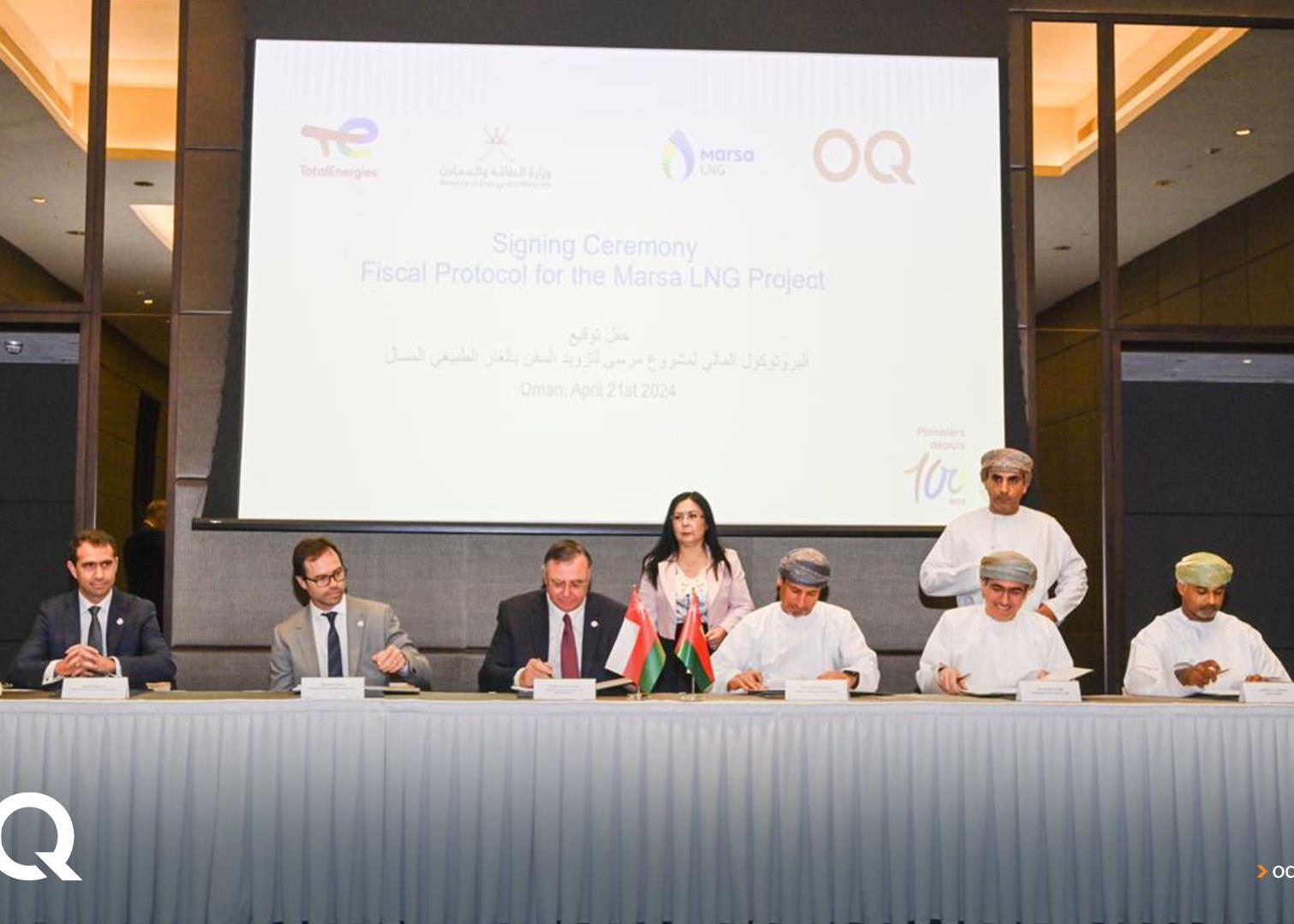
Fear of depopulation rife due to reported job cuts
Qatars population reached 2.61 million as of 31 October, rising 4 per cent from the previous months figure and 12 per cent higher compared with the population reported in July.
This figure shows the state is now on its way to exceed the expected population of 2.6 million for the entire year.
The figure for October excludes Qataris and non-Qatari residents who were outside the country during the period, according to the states Ministry of Development Planning & Statistics.
Males account for slightly more than 75 per cent of the population in October, pointing to the high presence of blue-collar expatriate workers engaged in the countrys construction sector.
There are a reported 34,000 people, or roughly 1.3 per cent of the total population, who are at the Doha Metro and Lusail tramway construction sites alone. Other major schemes include the construction of stadiums, malls and hotels, in line with the countrys long-term economic development plan and hosting the 2022 Fifa World Cup.
There were fears the country would face depopulation at the start of the year.
This issue was magnified by the relative small population of the state and the magnitude of projects under way. As such, any minor decrease or increase in population is seen to have a major impact in terms of its ability to deliver these projects within schedule.
MEED earlier reported that Qatar has seen thousands of jobs cut in the energy sector as projects stalled and oil companies, in both the public and private sectors, looked to cut spending since the onset of the decline in global oil prices in June 2014.
In January, the job-cutting spread to the healthcare sector, with Emir Sheikh Tamim bin Hamad al-Thani announcing that both Hamad Medical Corporation and the Primary Health Care Corporation would be reorganised.
In August, real estate consultancy DTZ released a report indicating that residential rental rates in Qatar fell by as much as 10 per cent in Dohas prime locations. The job redundancies in the government and hydrocarbons sector, which resulted in the departure of a significant number of white-collar expatriates, were partly blamed for the decline in rents. The report said the softening of the real estate sector was expected to be sustained as thousands of new residential units enter the market.
The new figures on population indicate that while the total number of white-collar expatriates has slightly declined, the number of blue-collar workers has increased over the same period.
You might also like...

Contractors win Oman Etihad Rail packages
23 April 2024

Saudi market returns to growth
23 April 2024

Middle East contract awards: March 2024
23 April 2024

Swiss developer appoints Helvetia residences contractor
23 April 2024
A MEED Subscription...
Subscribe or upgrade your current MEED.com package to support your strategic planning with the MENA region’s best source of business information. Proceed to our online shop below to find out more about the features in each package.






